e-MFP is a member-led platform, and we always want to hear what our members are doing in different fields, to increase linkages and knowledge sharing both across the platform and with other stakeholders. Over 2021, e-MFP reached out to its members to see who was doing what in the area of this year’s European Microfinance Award theme – 'Inclusive Finance and Health Care'. We asked them five questions, and we’re very grateful to the following members for their contributions, which are reproduced (and edited for clarity and length) here:
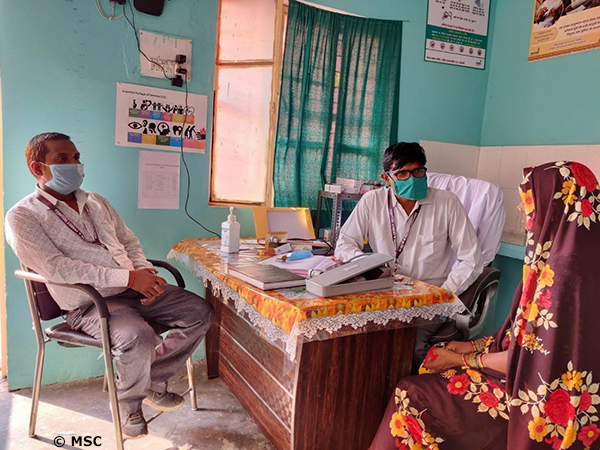 1. How is your organisation working to increase access to affordable, quality health care for low-income populations?
1. How is your organisation working to increase access to affordable, quality health care for low-income populations?
Microsave Consulting (MSC)
MSC works with governments, think tanks, academic institutions, development agencies and others to address policy and last-mile healthcare delivery challenges. Our recent work on healthcare includes: assessment of the impact of COVID-19 on routine healthcare services and frontline health care workers (ASHAs); assessment of the health service delivery challenges and enhance the efficiency of the largest publicly funded health insurance program for the poor; and working with the state government of Uttar Pradesh to create a model block for healthcare service delivery to low-income segments.
VisionFund International (VFI)
We survey clients to understand the risks they face, how they cope, and how they plan. Additionally, we inquire about their health habits and current gaps in coverage. This year we conducted surveys in eight countries and based on those results we are working with insurance providers to design products that will meet clients’ expectations, coverage needs, and are affordable. We believe that to best serve our clients’ health, services should be incorporated into our financial products. Lastly, for easy access and convenience our disbursements to clients are paperless and cashless, reducing operational risks and expenses allowing us to keep premiums low.
Women’s World Banking (WWB)
In response to the gaps in health financing experienced by low-income women, Women's World Banking developed Caregiver, a microinsurance solution, providing a per night cash benefit after hospitalization that policyholders can use for a range of related needs (transportation, replacement of lost revenue, etc.) Since its launch in 2009 in partnership with Microfund for Women (MFW) in Jordan, we have worked with financial service providers in Egypt, Morocco, and Uganda to roll-out products. To date, Caregiver has reached more than 2,000,000 beneficiaries, more than half of which are women and girls.
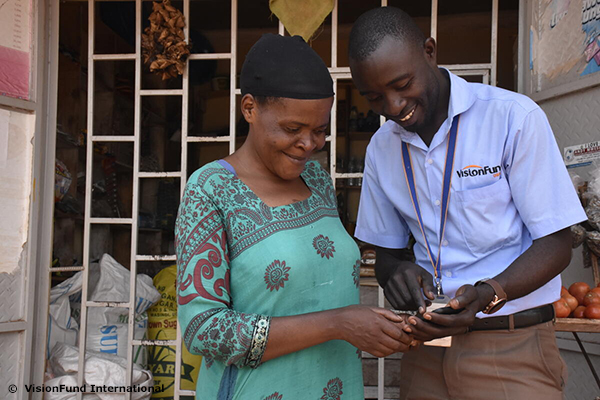 2. What do you see as the most significant health care needs of the low-income populations you or your partners work with? What are some of the most significant barriers to access and affordability that they face?
2. What do you see as the most significant health care needs of the low-income populations you or your partners work with? What are some of the most significant barriers to access and affordability that they face?
MSC
From our view, the key healthcare needs of the poor are: pregnancy care including ante-natal care, postnatal care, and delivery services; preventive and primary healthcare specifically targeting non-communicable diseases; and nutritional care for malnourished children and women.
In terms of the key barriers in healthcare access: there are supply-side barriers, including inadequate human resources, capacity and training of the human resources, infrastructure and supply issues, quality of healthcare services, etc.; and demand-side barriers, including awareness regarding the health services, distance of health centers, out-of-pocket expenses on healthcare, previous experiences with the health systems, etc.
VFI
A significant burden on low-income populations is paying for health care expenses out of their own pocket. Each year, 100 million people are pushed into extreme poverty because of health expenses for themselves, a child or family member, according to the WHO. Universal Health Coverage is improving but in many countries the journey is still long. And even in countries where UHC is more advanced, people are still ranking health expenses as a major financial risk for their families. However, there are multiple barriers for insurance: knowledge about insurance coverage, lack of providers, complexity of products designed, and quality of care and service.
WWB
Access to insurance that meets the unique needs of low-income women is vital. Many women tend to work in the informal economy, with limited access to health financing from government or employer schemes. As a result, paying for a health emergency is the most common reason women must decapitalize their businesses. Typically, during hospitalization, healthcare costs include indirect out-of-pocket expenses, coupled with loss of income. Many families are then forced to deplete their savings, pledge assets, or rely on informal lending options. Women also face additional risks due to pregnancy and childbirth, with greater difficulty accessing healthcare due to gender-based inequalities.
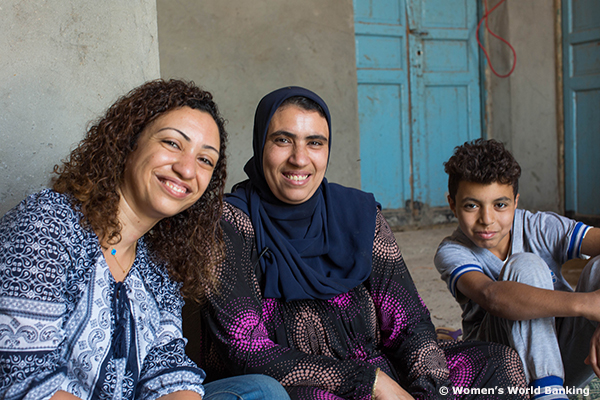 3. What are some of the most innovative financial or non-financial products, services and solutions available to increase health care access and affordability?
3. What are some of the most innovative financial or non-financial products, services and solutions available to increase health care access and affordability?
MSC
Some key innovative financial and non-financial solutions are:
- Bringing healthcare services near the community. This can involve establishing and strengthening the primary healthcare service delivery through health and wellness centers (HWCs). Building the capacity of community health officers and establishing a robust supply chain for these centers is important – as is the use of teleconsultation at HWCs to improve access;
- Improving the quality of services, including establishing an effective quality assurance program to assess the quality of services; and
- Improving beneficiary identification and targeting, including enhancing awareness and outreach regarding government healthcare programs.
VFI
Our solutions focus on education and access. We have developed health and insurance education modules that are provided to our clients by a facilitator. We also encourage our insurance partners to offer health services such as telemedicine and health check-ups. Microinsurance products are too often designed as a low-cost insurance. We believe that it should be a simpler product, adapted to the population we serve and their education and understanding. That means ensuring clear benefits (instead of several lines of benefits with specific conditions for each), a limited list of exclusions, and easy operational procedures for access.
WWB
Due to Covid-19, there has been exponential growth in telemedicine and digital health solutions. New analysis indicates telehealth has increased 38 times from the pre-Covid-19 baseline. In Africa, for example, there are over 61 healthcare tech providers offering various, affordable digital services. But to deploy these solutions to the underserved, organizations must invest in customer experience and channels such as mobile, SMS and USSD. These channels are trusted by the target population, which makes adoption easier but requires a gender mainstream approach to avoid excluding women who, for instance, have a 15% phone ownership gap in Sub-Saharan Africa.
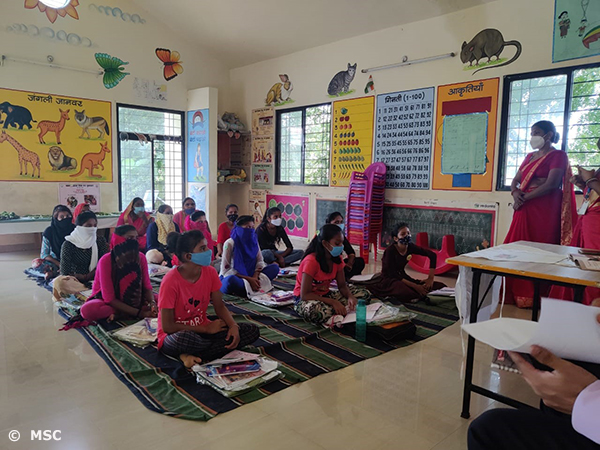 4. To what extent has the pandemic changed the health care needs of low-income populations – or the ways those needs can be met?
4. To what extent has the pandemic changed the health care needs of low-income populations – or the ways those needs can be met?
MSC
The healthcare needs of the poor have not changed much. The issues around access to healthcare persist because: the human and financial resources were diverted during the COVID-19 pandemic, leading to a lack of services at healthcare delivery centers; the primary health system is overburdened with the COVID-19 vaccination work; and there is fear of contracting Covid-19 from health centers. The health system needs to balance both the COVID-19 and routine work so that the regular services can reach the low-income population.
VFI
The pandemic is not only a global health crisis but also a financial one, as people’s livelihoods have been impacted making is difficult to pay for additional expense such as health care. A loss of income, in the case of hospitalization, is a realistic concern expressed by more clients and is rarely covered by any health scheme. As a result, microfinance institutions are beginning to provide insurance services to clients, helping them build financial resiliency. Lastly, insurance providers have adapted their way of working and are now providing more products that integrate telemedicine solution to serve beneficiaries better.
WWB
Covid-19 has deeply affected the healthcare behaviour of low-income populations. Based on our 2020 study, the number of non-Covid hospitalisations - for women in particular - dropped over the previous year. Understandably, women fear going to hospital owing to associated direct and indirect costs - especially as many women work in the informal sector and face significant income loss during the lockdowns. Developing both digitized healthcare and health insurance solutions that cover direct and indirect costs can help meet low-income women’s healthcare needs.
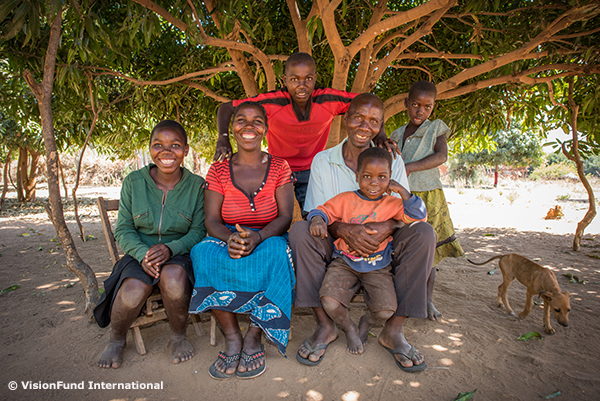 5. What are your organisation’s future plans to seek to improve health outcomes among low-income populations?
5. What are your organisation’s future plans to seek to improve health outcomes among low-income populations?
MSC
Moving forward, we plan to undertake: research & analysis to understand the needs, challenges, and behaviors of communities; Knowledge, Attitudes, and Practices (KAP) studies for health and nutrition using the principles of Social and Behaviour Change Communication (SBCC); strategic guidance and technical assistance to implementing agencies, government bodies, and donors; implementation and design innovations through the application of behavioral science and systems thinking to develop beneficiary-centric interventions; and exploration of platform and channel innovations with a focus on beneficiary needs.
VFI
VisionFund International’s focus is on providing financial solutions to people living in vulnerable, rural communities, most of which are low-income population. We will continue to ensure that our clients are protected and able to recover from shocks they might encounter by designing, negotiating, and implementing health insurance solutions that meet the needs of our borrowers and their families. And as a World Vision partner, we will continue to work closely with them to assess and implement such solutions for their beneficiaries as well.
WWB
At Women’s World Banking we are planning to further leverage our partnerships with financial service providers in Africa and Southeast Asia to design new versions of our Caregiver solution for local markets. One example is expanding Caregiver to credit customers as well as low-income savers, allowing it to broaden to women micro-entrepreneurs, who face difficulties accessing and repaying credit, but who regularly save. We are also working with a tech company on developing health insurance solutions for low-income women through a global wallet.

Leave a comment